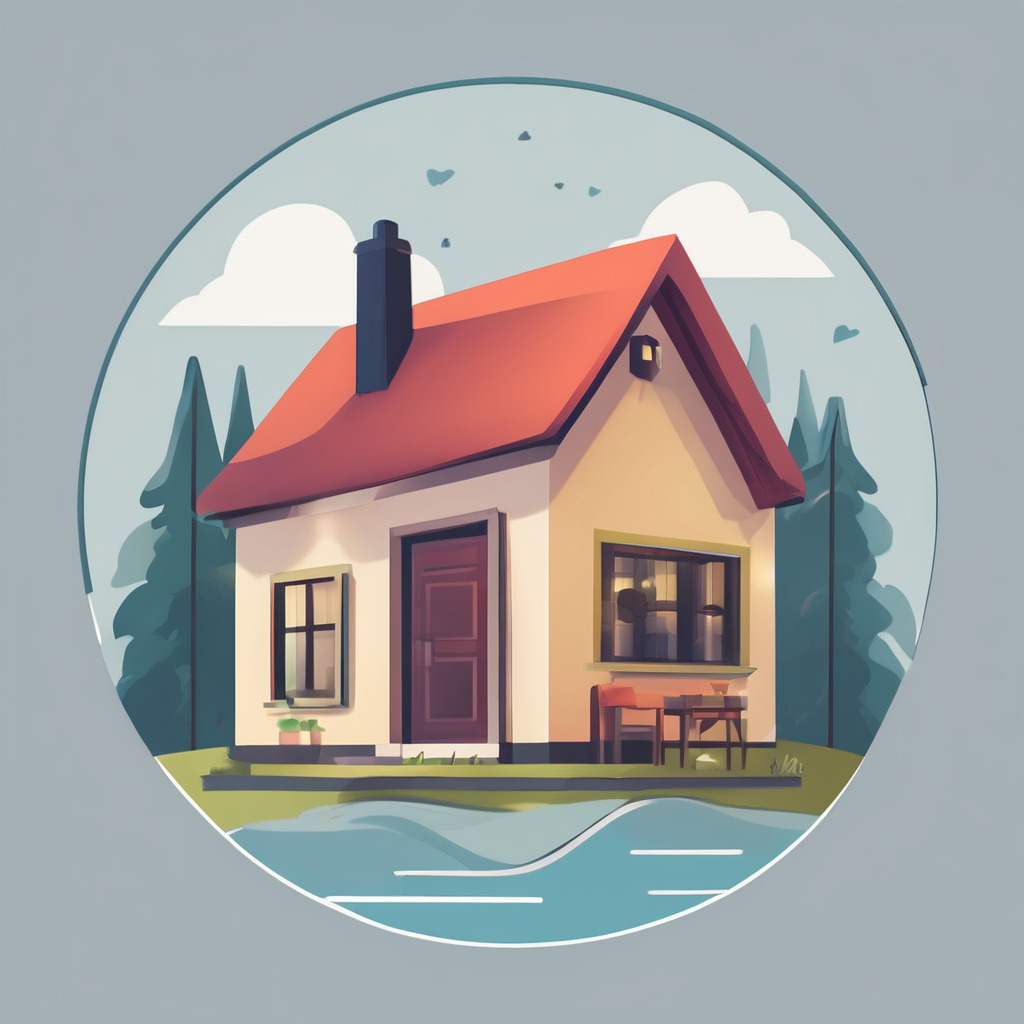Selling a property can be a daunting task, particularly in a competitive market like the UK. Homeowners often find themselves asking how to make their home more appealing to potential buyers without breaking the bank. Enter home staging, a strategic approach to showcasing your property in its best light. This article explores how effective home staging can significantly increase your property’s sale price and attract more buyers.
Understanding Home Staging and Its Benefits
Home staging involves preparing your home for sale by highlighting its strengths and downplaying any weaknesses. This process can include rearranging furniture, decluttering, and even making minor repairs to enhance the home’s aesthetic appeal.
In the same genre : What role do estate agents play in the UK real estate market?
One of the main benefits of home staging is the impression it creates. First impressions count, especially in real estate. When potential buyers walk into a staged home, they can envision themselves living there, which increases the likelihood of a quicker sale at a higher price. According to various studies, staged homes tend to sell 73% faster than non-staged ones. This speed translates directly into buyer interest and can create a competitive environment that drives the price up.
In addition to selling faster, staged homes often achieve a higher sale price. Real estate professionals frequently report that well-staged homes can sell for about 10% more than their unstaged counterparts. Essentially, home staging transforms your property into a product that appeals to the emotions of buyers, making it more desirable.
Also to read : What are the key legal considerations when purchasing a property in the UK?
Moreover, staging helps to minimize the negatives of a property. For example, if your home has a small living room, staging can help create a more open space by selecting the right furniture and layout. By highlighting the home’s most attractive features and creating a welcoming atmosphere, buyers are more likely to overlook minor flaws.
The Process of Home Staging
The home staging process typically begins with a thorough assessment of your property. This may involve hiring a professional stager or taking on the task yourself. A key element of staging is decluttering. Remove excess furniture, personal items, and anything that may distract potential buyers. The goal is to create a clean, spacious environment that allows buyers to visualize their belongings in the space.
Next, consider the color scheme. Neutral colors tend to appeal to a broader audience. Fresh coats of paint in soft hues can rejuvenate walls and create a calm atmosphere. It is essential to keep personal tastes minimal during this stage. A buyer should feel like the space is theirs to fill, not a reflection of your individual style.
Furniture placement is another crucial aspect of staging. Arranging furniture to create functional spaces can help buyers see how each area of the home can be utilized. For instance, in the living room, create an inviting seating arrangement that encourages conversation. In the dining area, set the table to emphasize the room’s potential for social gatherings.
Lighting also plays a vital role in staging. Enhance natural light by opening curtains and blinds. Consider replacing heavy drapes with light, airy options to keep the space bright and welcoming. Additionally, use lamps and strategically placed mirrors to reflect light and create an illusion of more space. Remember, a well-lit home feels more inviting and can significantly elevate the overall ambiance.
Choosing the Right Style and Accessories for Staging
Selecting the right style for your staging is vital to appealing to your target market. Research local trends and demographics to understand what prospective buyers in your area prefer. For example, modern and minimalist styles are popular among younger buyers, while traditional decor might resonate with families.
Accessorizing plays a significant role in the staging process. Use decor items that enhance the space without overwhelming it. A few well-placed accessories can draw attention to key features of the home. Consider adding fresh flowers, tasteful artwork, or decorative pillows that complement the color scheme. These small touches can significantly elevate the overall feel of the home.
While staging, remember the importance of creating a story. Each room should convey a sense of purpose. For example, if you have a home office, style it with functional items like a desk and comfortable chair, along with decorative elements that suggest productivity. In bedrooms, use soft linens and inviting decor to create a cozy retreat for potential buyers.
Furthermore, outdoor staging should not be overlooked. Curb appeal is crucial, as it’s the first thing buyers see. Make sure the garden or patio is tidy and well-maintained. Simple updates like fresh mulch, potted plants, or outdoor seating can make a substantial difference. A welcoming outdoor space can enhance the overall attractiveness of your property, enticing buyers to take a closer look.
The Financial Impact of Home Staging
Investing in home staging may seem like an additional expense, but it can yield significant returns. Research indicates that the average cost of staging a home can range from 1% to 3% of the property’s total value. However, the potential increase in sale price often far exceeds this investment.
Consider the example of a home valued at £300,000. If you invest £3,000 in staging, you might see an increase in your sale price of £30,000 or more. This substantial return demonstrates how impactful effective staging can be in a competitive market. It’s essential to recognize that buyers are willing to pay more for a move-in-ready home that feels well-cared for.
Moreover, staging can help mitigate the costs of price reductions. Homes that linger on the market tend to require price cuts to attract buyers. By staging your home effectively, you increase its desirability and reduce the time it sits unsold, ultimately protecting the value of your investment.
Additionally, a well-staged home can lead to heightened interest among buyers, which can result in bidding wars. When multiple buyers are interested, they may be willing to pay more, driving the final sale price higher. In essence, home staging is not just about aesthetics; it’s a strategic investment that can lead to financial success in the real estate market.
In summary, home staging is a powerful tool for any homeowner looking to sell their property in the UK. By investing in staging, you can create a welcoming and appealing environment that resonates with potential buyers. From understanding the process and selecting the right style to recognizing the financial benefits, it becomes clear that home staging can substantially increase both the sale price and the speed at which your home sells.
As you prepare to enter the market, consider the impact of home staging seriously. With careful planning and execution, you can transform your home into an attractive prospect that captivates buyers and ultimately maximizes your return on investment. Don’t overlook this essential facet of the selling process; instead, embrace it as a pathway to achieving your real estate goals.











